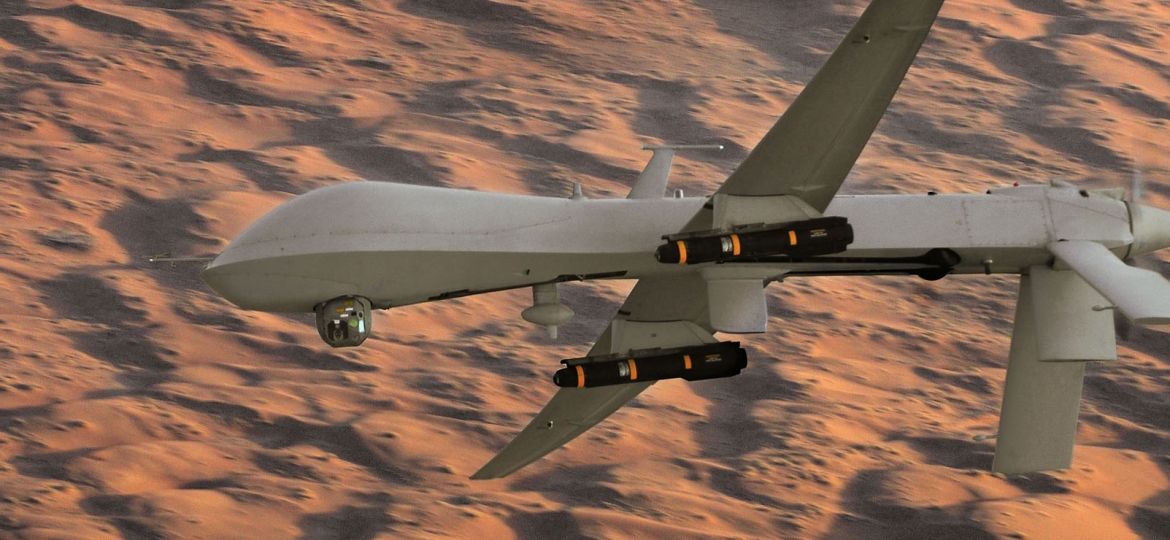
WHY THIS MATTERS IN BRIEF
- A new technology breakthrough from Department 13 will help the US military take control of enemy drones and turn them against their operators
So, the friend of my enemy is my friend?
In the past it was enough for governments to want to just jam enemy drones and cripple them. But now the US military are going one step further, now they want to control the and potentially using them against the very people who launched them in the first place.
A number of US government agencies have announced that they’re working with industry to develop new technologies that will help them take over the signal of an attacking enemy drone and enforce perimeter security at sensitive US sites and Forward Operating Bases (FOB’s) in high risk combat zones.
“We’re going after the drone signal, not the frequency,” said Johnathan Hunter, CEO of Department 13, a US defence contractor.
The technology, called Mesmer, doesn’t jam an attacking drone but manipulates its protocol instead, allowing users to take control of the drone in question. IP protocols can be hacked to create and accept new connections and controls, permitting Mesmer to take over control of approaching enemy drones.
There are seven layers of protocol used by computers, drones and software programmable systems to communicate with one another. Changing a “bit” or two from a “one” to a “zero,” for instance, reconfigures a drone signal so that it can only communicate with its new controller, explains Hunter who’s now showing the technology to a variety of US military and law enforcement agencies.
“With protocol manipulation, you have complete control over the drone. You can hover, land, start sending it home or even fly the drone. When you jam, you jam all the frequencies used by that drone. We only affect the signal of the drone,” Hunter said.
The technology works by targeting bands and RF signals that are typically reserved for non-telecommunications oriented activities, such as certain scientific and industrial tasks.
Mesmer took part in a US military exercise called “Black Dart” that was designed to assess a range of counter drone technologies at Point Magu Naval Base in Ventura, California, and now they’re working on a next generation technology for DARPA.
Despite the promise of Mesmer though, the technology only works on protocols used by “known” drones and would likely be ineffective against signals emitted by unknown enemy drones such as those from certain potential adversaries around the globe, although that’s an area that new artificial intelligence (AI) based electronic warfare systems might be able to lend a hand with in the future.
At the moment, Mesmer can access and take over the signal of 75 percent of all the drones in the market, within the next six months they want to push that to 90 percent, and they’re busy creating a catalogue of foreign drones that likely enemies might use, because, well… you never know when you might need to make a new friend.
















